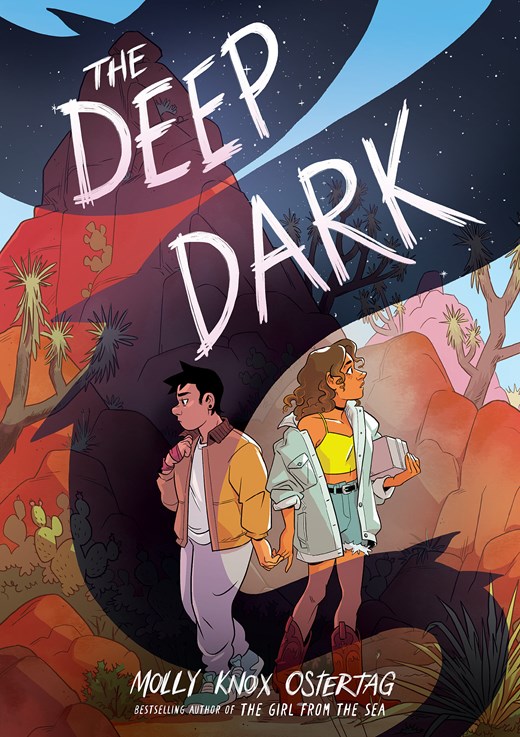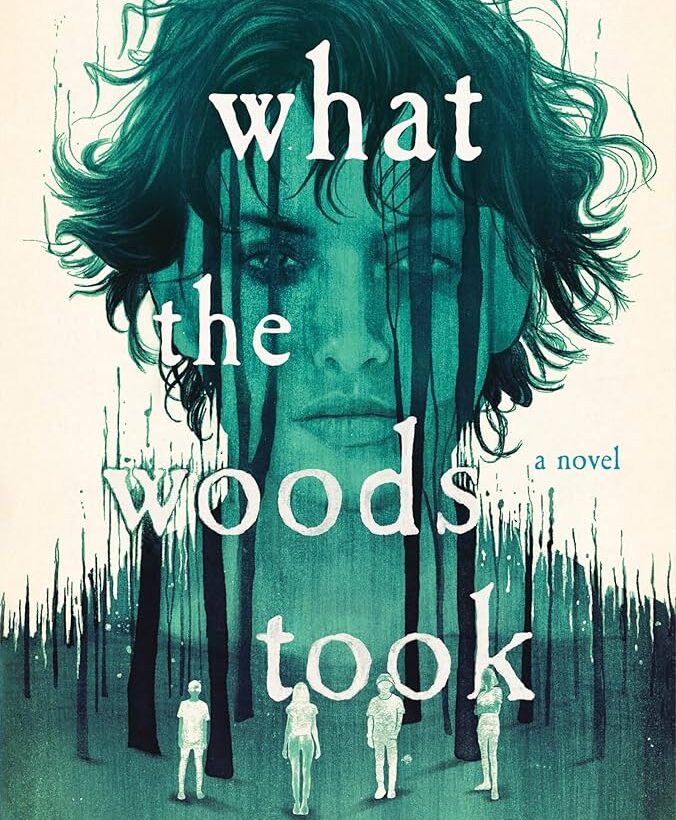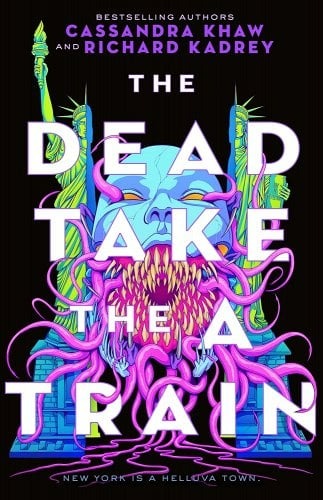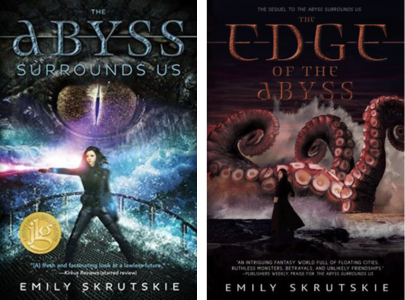Already a fan of Molly Knox Ostertag’s The Girl from the Sea, I had a good feeling about the weighty tome that is The Deep Dark. Friends, this poignant graphic novel delivered and then some. It’s like someone translated the sensation of waiting for the other shoe to drop and described the steps someone would take toRead More
A Chilling YA Horror: What the Woods Took by Courtney Gould Review
Courtney Gould’s What the Woods Took is a creepy YA horror that follows a group of teenagers who are sent on a hike through the woods as part of an experimental wilderness therapy program: an abusive, exploitative practice with very little oversight. Even before the supernatural horrors began, we have teenagers getting kidnapped out of theirRead More
The Troubled Teen Industry and Other Monsters: What the Woods Took by Courtney Gould
In this YA horror novel, five teens are forced to participate in a new “wilderness therapy program” called REVIVE. Some of them are kidnapped in the night and escorted here by force. They face 50 days hiking through the wilderness and talking about their trauma with two unqualified twenty-somethings. This is based on real programsRead More
Folk Horror and the Troubled Teen Industry: What the Woods Took by Courtney Gould Review
In European folk and fairytales, a journey through the woods represents the characters’ coming of age—their passage from the pastoral, relative security of familial and familiar hearths into a fraught, shadowy place where metaphors for social anxieties lurk around every corner. Only with wit and friendship can one come out the other side, though theyRead More
The Queer Graphic Novel That Had Me Sobbing at 3 A.M.: The Deep Dark by Molly Knox Ostertag
Buy this from Bookshop.org to support local bookstores and the Lesbrary! You’re all fired for not tell me how good this is. I liked The Girl From the Sea, so I put a hold on Ostertag’s newest sapphic graphic novel, but I hadn’t heard anything about it, so I my expectations were pretty grounded. IRead More
Gory Bisexual Horror/Fantasy: The Dead Take the A Train by Cassandra Khaw and Richard Kadrey
Buy this from Bookshop.org to support local bookstores and the Lesbrary! One thing about a Cassandra Khaw book: I never know what I’m getting into. Even two-thirds of the way through this, completely invested in the story, I still kept thinking, “What genre is this? And also, what’s the plot?” Julie is a 30-year-old exorcistRead More
Sea Monsters and Lesbian Pirates: The Abyss Surrounds Us & The Edge of the Abyss by Emily Skrutskie
Bookshop.org Affiliate Link The Abyss Surrounds Us and The Edge of the Abyss feel like one book that’s been split in two. And I mean that in the best way possible—one of my biggest frustrations with young adult fiction is when it doesn’t take the time to slowly and properly develop its themes, characters, narrativeRead More
Culinary Combat School: Cooking With Monsters by Jordan Alsaqa & Vivian Truong
Bookshop.org Affiliate Link Recently, I read and loved Basil and Oregano by Melissa Capriglione, a sapphic YA graphic novel set at a magiculinary school. I am delighted to say that Cooking with Monsters—one of my most-anticipated books of the year—is also a sapphic YA graphic novel set at a fantasy cooking school. In this case,Read More
A Sapphic, Filipino Horror Comedy: Damned If You Do by Alex Brown
Bookshop.org Affiliate Link Filled with imagery and stories from Filipino folklore, Damned If You Do follows high school stage manager Cordelia Scott, as she prepares to put on the annual school play, struggles with passing her classes and imagining a future for herself, and tries to push down her not-so-subtle crush on her childhood best friend, Veronica.Read More
Maggie reviews Queer Little Nightmares edited by David Ly and Daniel Zomparelli
Amazon Affiliate Link | Bookshop.org Affiliate Link Queer Little Nightmares, an anthology edited by David Ly and Daniel Zomparelli is a fun and sometimes terrifying collection of queer horror writing. The Lesbrary was provided with a review copy, and I was more than happy to spend time with this collection. Queer Little Nightmares let writers experiment withRead More



